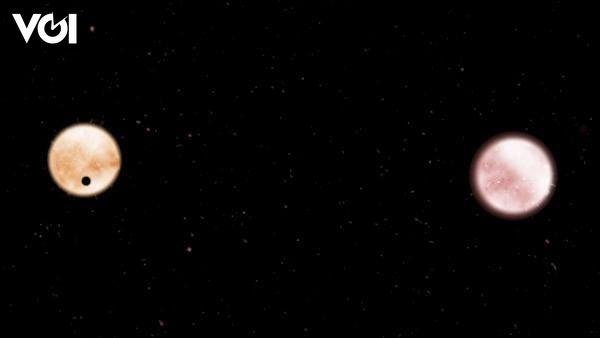JAKARTA – Astronomers have discovered a new detection technique to find an unusual planet orbiting two stars.
By using a telescope Transiting Exoplanet Survey Satellite (TESS) NASA, astronomers detect Planet TIC 172900988b which has two Suns, a type of planet called circumbinary.
This is the first of its kind detected using TESS observing only two transits. Exoplanet, or planets outside the Solar System, are usually too small and dim to be seen directly.
However, astronomers can infer their existence using a variety of techniques including transits. A transit is an event when an extrasolar planet passes between Earth and its parent star, temporarily blocking some of the star’s light.
Astronomers look for these light droplets and use them to predict the existence of a planet. But the research, which has been published in The Astronomical Journal, is more difficult when a planet orbits two stars.
“Detecting circumbinary planets is much more complicated than detecting planets orbiting single stars. “The most promising technique for detecting circumbinary planets is transit photometry, which measures the drop in starlight caused by planets whose orbits are space-oriented so that they periodically pass between the stars and the telescope,” said one of the researchers who discovered the planet. , Nader Haghighipour Institute of Planetary Science Senior Scientist.
“In this technique, measurements of the decrease in the intensity of the star’s light are used to infer the existence of planets,” he added.
Added Haghighipour, to determine the orbit of the planet, exactly three transit events are needed. This becomes complicated when a planet orbits a multiple star system because transits will not occur at equal intervals over the same star.
“This planet may transit one star and then transit another before transiting the first star again, and so on,” said Haghighipour.
According to Haghighipour, the problem is that detecting three transits can take a very long time and TESS only sees certain parts of the sky for 27 days, which is usually too little time to see three transits.
However, in the case of TIC 172900988b, a planet the size of Jupiter, astronomers can detect it using only two transits, one transit from each parent star. Thus quoted from Digital Trends, Monday, November 15.
– .


